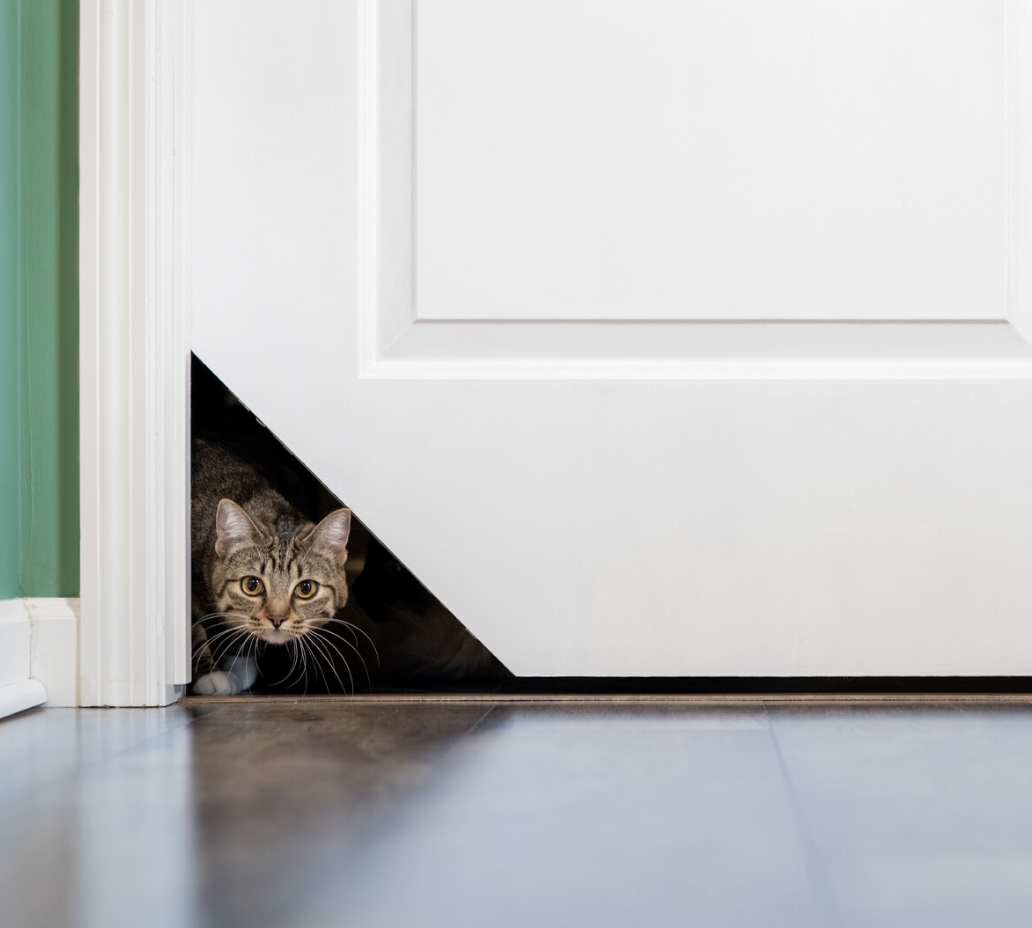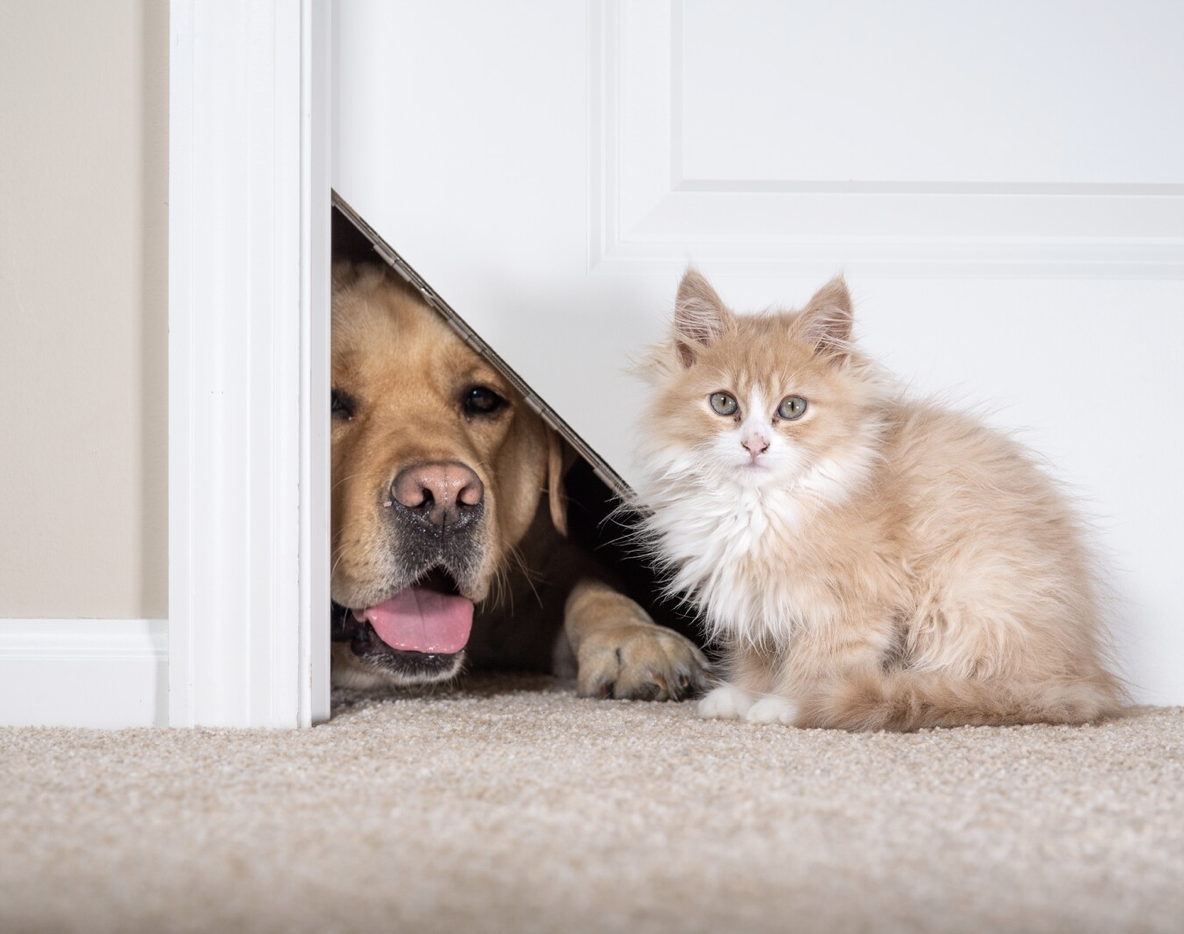Pet owners often wonder what human foods are safe to share with their furry companions. While some foods provide beneficial nutrients, others can be harmful or even deadly to dogs and cats. Since their digestive systems differ from ours, it’s crucial to know which foods to avoid and which are safe in moderation.
In this article, we’ll cover five common foods that dogs and cats should never eat, as well as a few that are surprisingly safe. We'll also explore whether dogs and cats can eat radishes, applesauce, and edamame.
1. Chocolate: A Toxic Treat for Both
Chocolate is one of the most well-known toxic foods for dogs and cats. It contains theobromine and caffeine, both of which can cause serious health issues. Dogs are particularly vulnerable because their bodies metabolize theobromine slowly, leading to symptoms like vomiting, diarrhea, tremors, seizures, and even death in severe cases.
Cats are less likely to consume chocolate due to their more selective eating habits, but if they do, the consequences can be just as dangerous. Dark chocolate and baking chocolate contain higher levels of theobromine, making them especially hazardous.
Tip: Keep all chocolate products out of reach of pets, including baked goods, candy, and cocoa powder.
2. Grapes and Raisins: A Hidden Danger
Grapes and raisins are extremely toxic to dogs, even in small amounts. They can cause sudden kidney failure, leading to vomiting, lethargy, loss of appetite, and severe dehydration. Some dogs may be more sensitive than others, but it’s best to avoid giving any grapes or raisins altogether.
While cases of grape toxicity in cats are rare, it's still best to keep them away to prevent any potential health risks.
Tip: If your pet accidentally eats grapes or raisins, seek veterinary help immediately. There’s no known safe amount, and quick intervention can make a difference.
3. Onions and Garlic: Harmful to Red Blood Cells
Onions, garlic, and other members of the allium family (such as leeks and chives) are toxic to both dogs and cats. These foods can damage red blood cells, leading to anemia. Symptoms may include weakness, pale gums, increased heart rate, and lethargy.
Cats are especially sensitive to onion and garlic toxicity, even in small amounts. In dogs, regular consumption over time can lead to cumulative damage.
Tip: Many processed foods, including soups and baby food, contain onion or garlic powder. Always check ingredient labels before sharing food with your pet.
4. Dairy Products: Not Always a Good Idea
While some pets tolerate dairy products, many dogs and cats are lactose intolerant. This means they lack the enzyme needed to properly digest lactose, leading to digestive upset such as diarrhea, bloating, and gas.
Cheese and yogurt contain lower lactose levels and may be safe in small amounts for some pets. However, high-fat dairy products can also contribute to obesity and pancreatitis.
Tip: If you want to offer your pet dairy, opt for lactose-free options or consult your vet for safer alternatives.
5. Xylitol: A Deadly Sweetener
Xylitol is a sugar substitute commonly found in sugar-free gum, candies, peanut butter, and some baked goods. It is highly toxic to dogs, causing rapid insulin release, leading to hypoglycemia (low blood sugar), seizures, liver failure, and even death.
Cats seem to be less affected by xylitol toxicity, but it’s still best to keep all products containing this ingredient far out of reach.
Tip: Always check ingredient lists before giving your pet any processed foods. If your dog consumes xylitol, seek veterinary attention immediately.
Safe or Not? Exploring Radishes, Applesauce, and Edamame
Pet owners often wonder about less common foods, such as radishes, applesauce, and edamame. Let’s break down whether these are safe for dogs and cats.
Yes, dogs can eat radishes in moderation. Radishes are non-toxic and contain fiber, vitamin C, and potassium, which can be beneficial for digestion and overall health. However, some dogs may not like the spicy taste, and excessive amounts could cause mild stomach upset.
For cats: While radishes aren’t toxic to cats, they aren’t a natural part of their diet and may cause digestive issues if consumed in large quantities.
Can Dogs and Cats Eat Applesauce?
Dogs can eat plain, unsweetened applesauce in small amounts. It provides some fiber and vitamins but should be given in moderation due to its sugar content. Avoid applesauce that contains added sugar, artificial sweeteners, or cinnamon, as these can be harmful.
Cats, on the other hand, don’t need applesauce in their diet, but a tiny amount won’t harm them. Just ensure it’s free of added sugars or artificial ingredients.
Can Dogs and Cats Eat Edamame?
Edamame (young soybeans) is safe for dogs in small amounts. It’s packed with protein, fiber, and omega-3 fatty acids, which can benefit their health. However, edamame should be plain, without added salt, seasoning, or soy sauce.
Cats can also eat small amounts of plain edamame, but since felines are obligate carnivores, they don’t require plant-based proteins. Some cats might experience mild digestive upset after eating edamame.
Tips for Feeding Pets Safely
Introduce New Foods Slowly – If you want to try giving your pet a new treat, start with a small amount and monitor for any signs of an upset stomach.
Avoid Highly Processed Foods – Many human foods contain artificial sweeteners, preservatives, and high sodium levels that can be harmful to pets.
Check with Your Vet – When in doubt, consult your veterinarian before introducing new foods into your pet’s diet.
Keep Toxic Foods Out of Reach – Be mindful of what’s accessible to your pet, especially during meals or holiday gatherings.
Stick to a Balanced Diet – While occasional treats are fine, your pet's main nutrition should come from high-quality pet food formulated for their species.
Final Thoughts
Knowing which foods are safe and which ones to avoid can help you keep your furry friends healthy and happy. While some human foods, like applesauce and edamame, can be safe in moderation, others, such as chocolate, onions, and xylitol, are dangerous for both dogs and cats.
When in doubt, always check with a veterinarian before sharing your food with your pets. By making informed choices, you can ensure your dog or cat enjoys a nutritious and safe diet for years to come.











